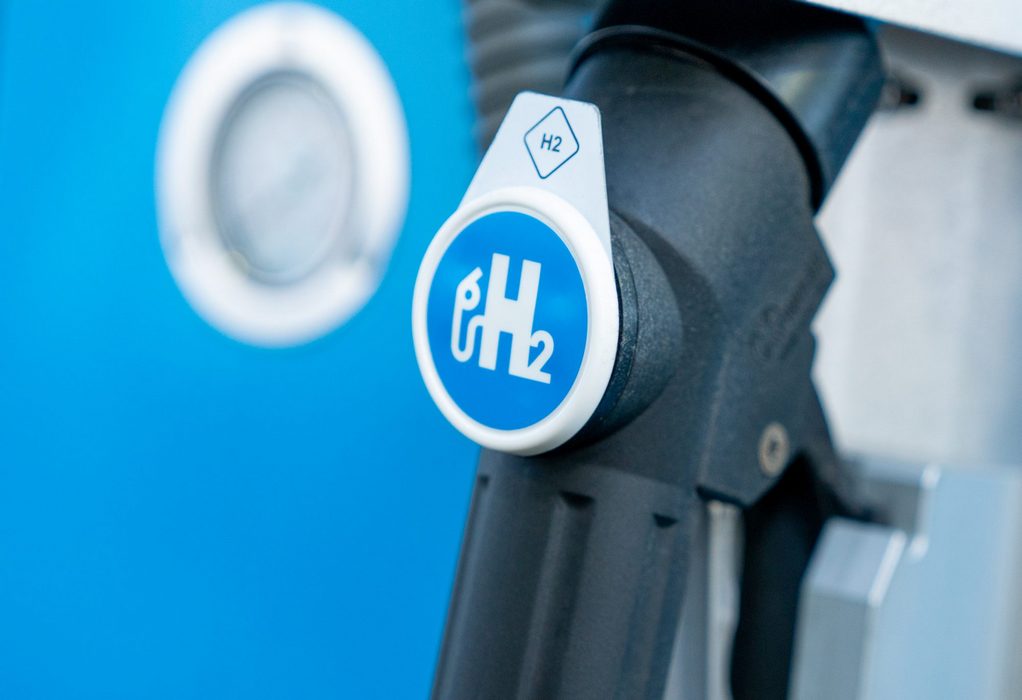The announcement of the phase one National Hydrogen Mission by the government on February 18 has been met with applause by the Street with brokerage firm Morgan Stanley India calling it a “watershed moment”.
Under the new policy notified by the government, the government aims to achieve a production target of close to 5 million tonnes of green hydrogen capacity along with related renewable energy capacity by 2030.
The government has offered incentives like waiver of inter-state transmission charges for 25 years for green hydrogen producers for projects set up before June 2025. Further, producers can purchase renewable energy from spot exchanges or set up their own capacity and they can bank unconsumed power for up to 30 days with power distribution companies.
“We believe India’s competitive edge coupled with the government’s efforts would potentially make India the cheapest Green H2 producer globally. The country could, in effect, become the Middle East of green hydrogen,” brokerage firm Edelweiss Securities said in a note.
The announcement of the green hydrogen policy is in line with India’s efforts to transition itself away from fossil fuels as it looks to meet the commitment of being a net-zero carbon-emitting economy by 2070.
That said, the policy will not yet affect the economics around the production of green hydrogen, which still remains an expensive affair. Green hydrogen is considered environmental-friendly as it is entirely produced through the use of renewable energy sources instead of the traditional method of steam reforming of natural gas.
India currently accounts for 9 percent of the global grey hydrogen capacity. The demand for grey hydrogen has risen in India driven by consumers in fertilizer and chemical industries. “More steps are needed to support the green hydrogen industry which is still in its nascent stages with high costs and relatively smaller scale,” said Goldman Sachs India in a note.
For India, green hydrogen is a viable substitute for fossil fuels given the competitive renewable power tariffs in the country. Goldman Sachs believes hydrogen production could require 121 Gigawatts of renewable electricity capacity in the country.
Morgan Stanley believes that India’s lower renewable electricity costs could help the country produce hydrogen as fuel at extremely competitive rates. “We estimate, as scale reaches an inflection point, green hydrogen prices can decline by half by mid-decade and compete with blue hydrogen and gas,” Morgan Stanley said in a note.
Companies like Reliance Industries have announced multi-billion-dollar plans to become green hydrogen producers in the future. RIL, in particular, is aiming to produce green hydrogen at $1 per kg by 2030. Morgan Stanley believes RIL can capitalise on a potential green hydrogen market of $5 trillion by the end of the current decade.
That said, the next steps under the hydrogen mission need to focus on the creation of demand and further incentives for producers. Goldman Sachs expects the government to bring in phased purchase obligations for key industries like refining and fertilizers.
“We note given the higher cost to produce hydrogen currently, the government will likely provide some viability gap funding to consuming sectors in the initial phases,” Goldman Sachs said.
Source: https://www.moneycontrol.com
Tags: Goldman Sachs, Green Hydrogen, India, NetZro by 2070



Recent Posts
Report Highlights Pathway for Electrifying Nigeria’s Container Trade Sector
South Korean Company YPP Plans to Invest up to $3.1 Billion in Green Hydrogen Production in Kazakhstan
WattEV Expands Electric Truck Charging Network with Three New Depots in California
Anemoi Develops New Method to Accurately Measure Wind-Assisted Propulsion Benefits
Navigator Holdings and Amon Maritime Form Joint Venture for Ammonia-Fuelled Carrier Fleet
Hygenco Commissions Maharashtra’s First Green Hydrogen and Oxygen Facility to Power STL’s Net Zero Goals
India Invites Second Round of R&D Proposals Under ₹4 Billion Green Hydrogen Mission
BMTC Adds 148 Tata Electric Buses to Bengaluru Fleet, Strengthens Green Mobility Drive